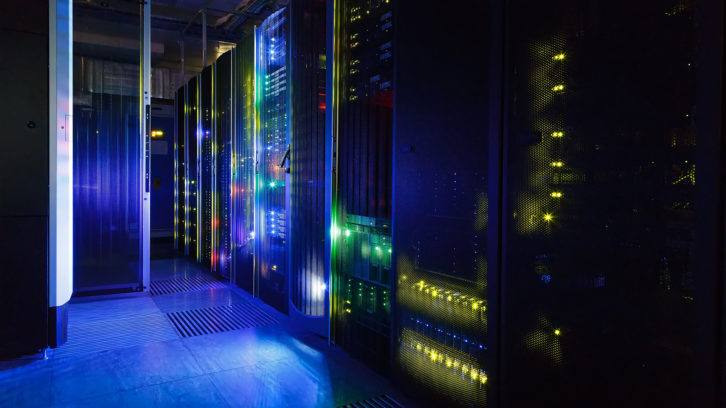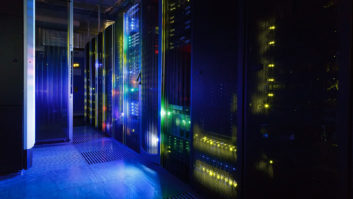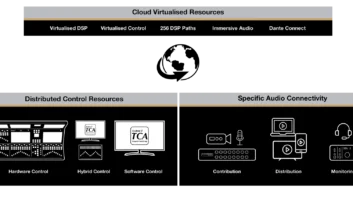Today centralised storage is a standard part of any media company’s set up. In a post production environment, centralised storage allows data to be processed during colour grading and mastering and plays a supporting role for applications such as editing. In the case of the latter, centralised storage acts a bit like the heart of the central nervous system, connecting a range of components and enabling high-speed, high-efficiency collaborative working.
Ensuring a fast turnaround is what post production workflows are all about and asset availability and economic efficiency are two key requirements for an effective centralised storage system. In today’s ultra-competitive world, where post houses compete fiercely for the best projects, being able to access data anytime and anywhere at the highest possible efficiency has become essential.. Asset availability covers everything from straightforward housekeeping to security, and managing performance assurance levels, as well as third-party storage integration.
Seamless integration between third-party systems is vital to smooth, delay-free operations. collaboration between a post house’s various facilities as well as with other specialists around the world is now the norm. Asset acquisition, cross-regional exchange of data, and archiving all require a variety of different storage systems that have to work smoothly together – however, this is not always how it ends up. For creative talent, the technology just needs to work, and their data needs to move instantly between different depositories without any additional intervention. Artists are neither paid to deal with these issues, nor do they need to have the technical know-how to resolve issues around NAS, Fibre Channel or cloud.
Advocating for a hybrid cloud approach
The global pandemic has highlighted the need for remote working to keep content – the demand for which has continued to surge – flowing. Post production houses have had to take a fresh look at how their existing storage systems fit in with this new requirement. Interest in cloud-based storage solutions has been growing and is now accelerating.
However, while cloud is the current buzzword, we are still a way off from the stage where everything is going to move to the cloud. At Rohde & Schwarz, we believe in a hybrid storage approach, where more locations have on-premise storage, with cloud storage deployed, or spun up, as needed for additional data and processing, or archiving.

Again, artists don’t want to have to worry about whether their data is on prem or in the cloud, they just need to access it, and fast! Our SpycerNode storage platform integrates with any cloud storage, where it appears as a simple folder within the file storage system and can be used exactly in this way, making it easier for customers to spin up cloud capability to scale rendering or short-term storage capability.
We’ve also made it possible to ingest or transcode directly into this folder; files are immediately uploaded to the cloud and synchronised with any other storage devices in other locations. SpycerNode also automatically handles encryption during file transfer. This approach means remote and cloud workflows become much easier to use directly from an on-premise SpycerNode storage system.
Standing out from the crowd
The majority of storage systems on the market have been designed to only deliver the functionality and capability that customers need above a certain entry-level. These entry-level storage devices tend not to be compatible with third-party storage.
SpycerNode allows unlimited scaling from the first device, allowing users to grow their storage without wasting any part of their investment. SpycerNode has also been designed to deliver a reduced carbon footprint through lower power consumption, includes integrated, no point of failures architectures, and provides uncompromising scalability.
Just like any of the big-name cloud storage solutions, SpycerNode offers the ability to connect to any other storage system. It can “assimilate” third-party storage, allowing customers to work through our storage platform to access their existing storage capability. It makes it easy for users to either offload their data to SpycerNode if their existing system has reached end of life, or continue to employ it – accessing files via SpycerNode – until it reaches that point. This makes SpycerNode very straightforward to implement and ensures minimal disruption to existing workflows.
Existing workflows are not an investment that any post production house wants to throw away while they can still get value out of them . However, there is a pressing need for greater flexibility, scalability and remote access capability. SpycerNode answers these requirements very neatly.







